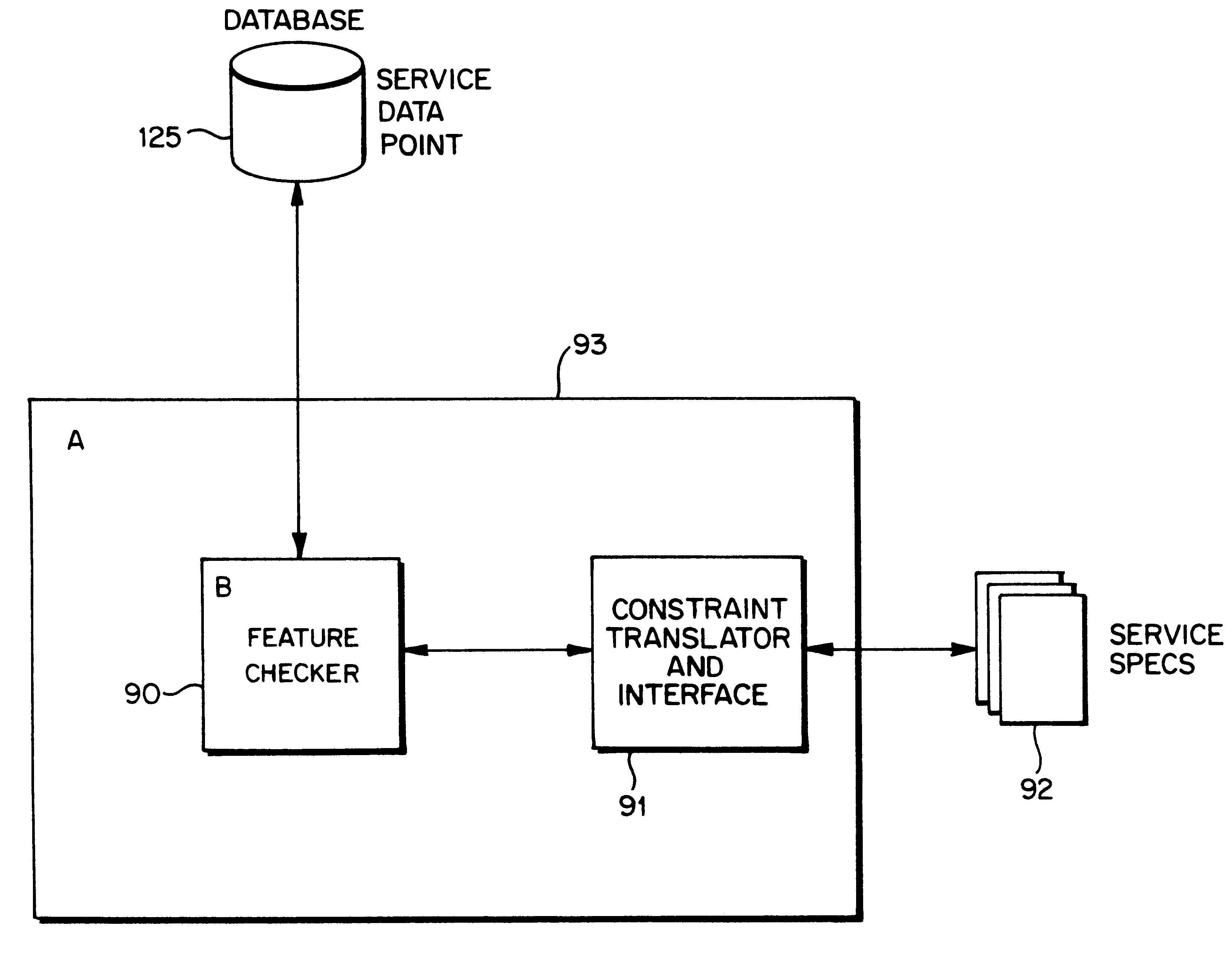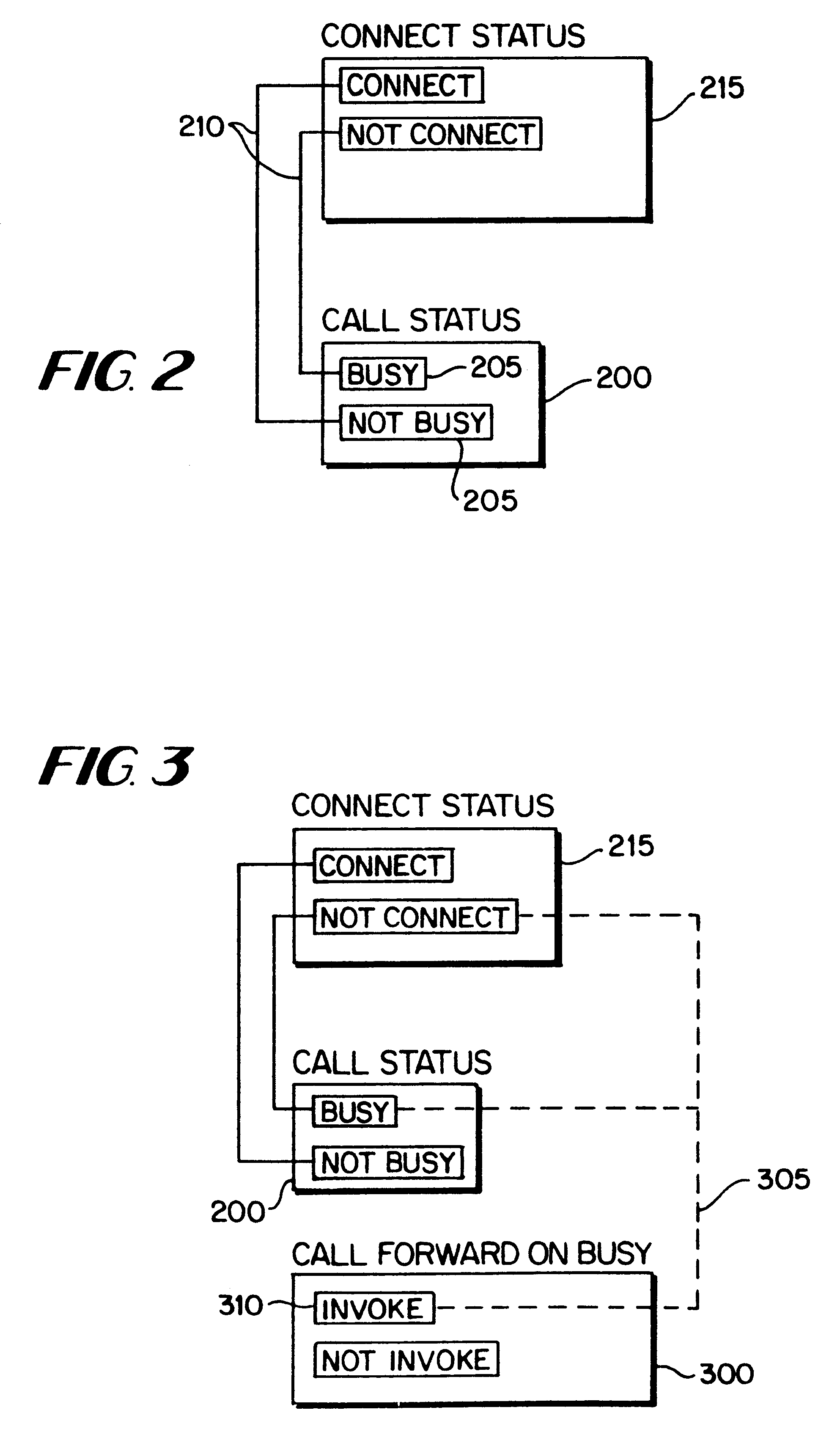Service management system for use in communications
a technology of communication network and service management system, applied in the field of communication network service management system, can solve the problems of loss of intended functionality, large and complex communication system, and difficulty in predicting the occurrence of possible interactions among its components
- Summary
- Abstract
- Description
- Claims
- Application Information
AI Technical Summary
Benefits of technology
Problems solved by technology
Method used
Image
Examples
Embodiment Construction
Referring to FIG. 1, a known communications environment in which an embodiment of the present invention might be used is the intelligent network (IN) environment. In such environments, intelligence for use in providing communications services, such as those based on number translation, is provided outside the switches (exchanges) 110, 112 of a carrier network 100, for instance in a service control point 115 with an associated database, the service data point 125. Services can be created or modified in a service creation environment 160 and subsequently installed for use by a service control point 115 by means of a service management system 120.
The IN equipment is used to provide services over and above basic telephony, this being provided by means of the transmission network 100 as of old. The IN type services, such as those based on number translation, are provided differently.
In the British Public Switched Telecommunications Network (PSTN), there are both local and trunk exchanges...
PUM
 Login to View More
Login to View More Abstract
Description
Claims
Application Information
 Login to View More
Login to View More - R&D
- Intellectual Property
- Life Sciences
- Materials
- Tech Scout
- Unparalleled Data Quality
- Higher Quality Content
- 60% Fewer Hallucinations
Browse by: Latest US Patents, China's latest patents, Technical Efficacy Thesaurus, Application Domain, Technology Topic, Popular Technical Reports.
© 2025 PatSnap. All rights reserved.Legal|Privacy policy|Modern Slavery Act Transparency Statement|Sitemap|About US| Contact US: help@patsnap.com



